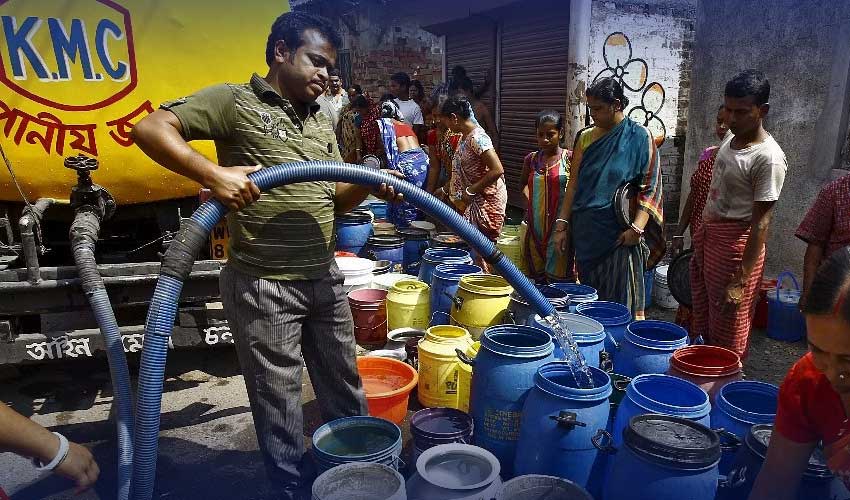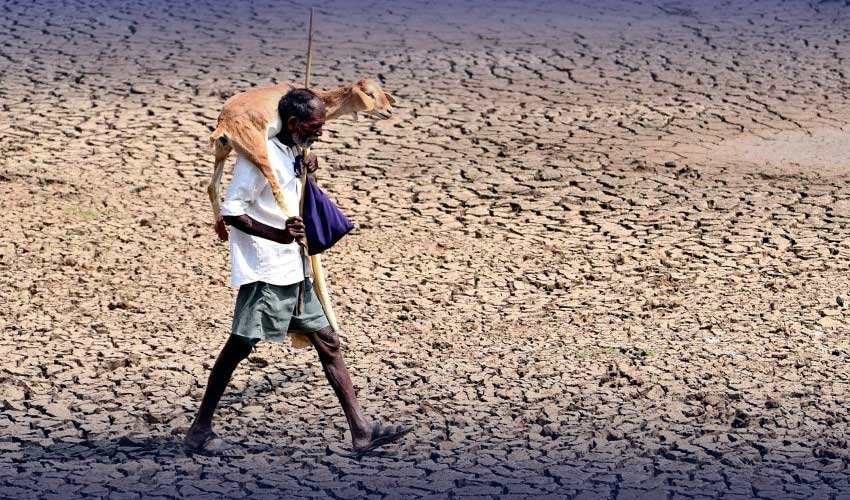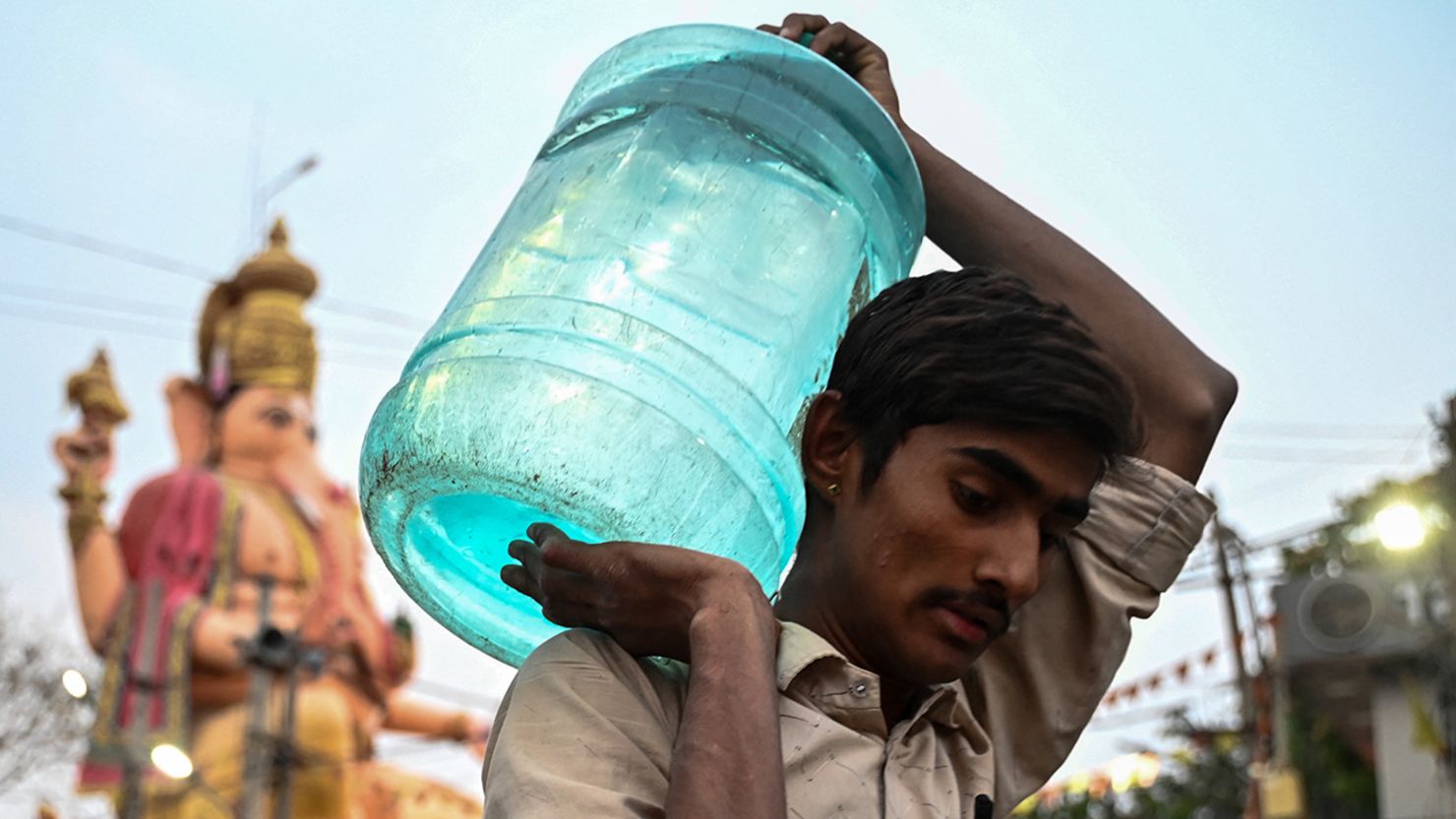Bengaluru, the posh South Indian city that serves as the headquarters of several multinational software companies, is drying up. It was an exceptionally hot February and March, and locals say they are facing the worst water shortage in decades.
Water managers fear the worst could come in April and May when the city of 13 million will experience its hottest summer heat.

Bengaluru has not seen much rainfall in the past few years, partly due to human-induced climate change. Water prices are skyrocketing and supplies are running out fast due to critically low water levels, especially in less privileged areas.
State and city government officials are trying to bring the situation under control by implementing emergency measures, including nationalizing water tankers and capping water prices.
Although some borewells were drilled to a depth of 457 meters (1,500 ft), authorities say 6,900 of the 13,900 borewells drilled in the city have gone dry. Groundwater users are now forced to rely on water tankers that draw water from neighboring settlements.
With less rainfall in the city and the El Nino phenomenon affecting weather patterns globally, “the recharge of groundwater levels has not been as expected,” says Bengaluru-based hydrologist Shashank Palur of Water, Environment, Land and Livelihood Labs. tank.
To make matters worse, he claimed that work still needed to be done on a new water pipeline from the Cauvery River, located about 60 miles (or 100 km) from the city.

Another problem, according to TV Ramachandra, a research fellow at the Center for Environmental Sciences at the Indian Institute of Science in Bengaluru, is that about 90% of the city is covered with paved surfaces that prevent rainfall from penetrating and accumulating underneath.
According to him, the city has lost about 70% of its green space over the past 50 years.
According to 2018 Indian government estimates, nearly 40% of Bengaluru’s population is expected to lack access to potable water by the end of the decade. The only people who continue to have regular supplies are those who get piped water. rivers outside Bengaluru.
Ramachandra said, “Right now everyone is drilling wells in the buffer zones of the lakes. That’s not the solution.”
Instead, he added, the city should prioritize stocking the more than 200 lakes that are scattered throughout the region, stopping new development near lake areas, encouraging rainwater harvesting and expanding the amount of green space in the city.





